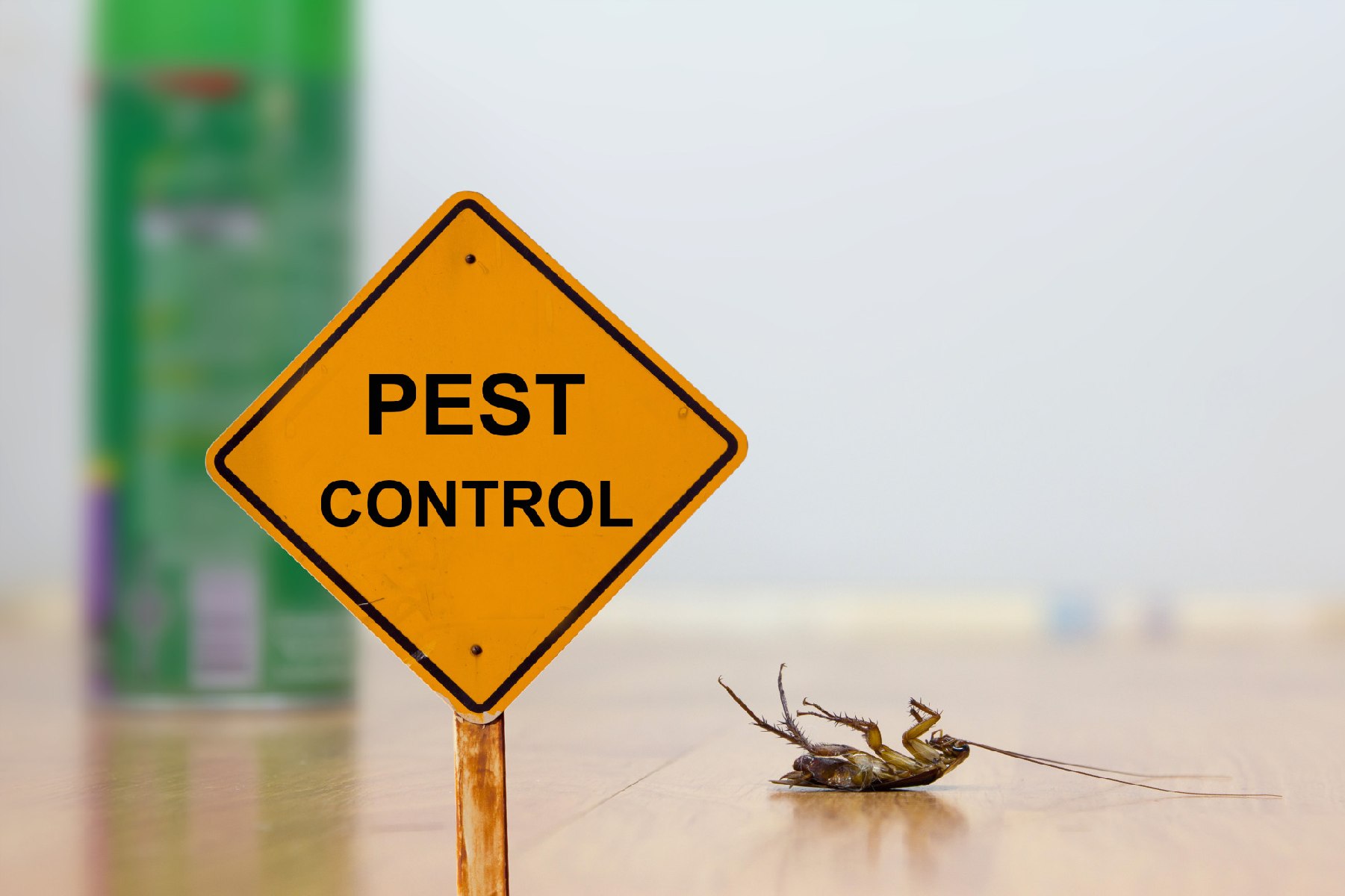Eliminate infestations before they spread with Pest Control treatments today.
Eliminate infestations before they spread with Pest Control treatments today.
Blog Article
Eco-Friendly Pest Control Approaches for Handling Wild Animals in Urban Areas
Urban areas commonly locate themselves at the junction of human activity and wildlife, leading to one-of-a-kind obstacles in bug management. These techniques not only shield the atmosphere but also boost community engagement in wild animals administration. As urban populaces proceed to grow, comprehending the dynamics of wild animals communications ends up being increasingly critical.
Recognizing Urban Wildlife Dynamics
Comprehending Urban Wild animals Characteristics is important for developing reliable and eco-friendly bug control approaches. Urban areas are significantly ending up being environments for various wild animals types, driven by variables such as habitat fragmentation, food schedule, and human infringement. Identifying these dynamics enables a nuanced technique to pest management that lines up with eco-friendly principles.
Urban wild animals often consists of species such as raccoons, squirrels, and birds, which adapt to city settings, finding specific niches in environment-friendly rooms, parks, and even property locations. Their presence can cause problems with humans, particularly when they manipulate personnels for food and shelter. Comprehending the actions and ecological functions of these varieties notifies approaches that minimize unfavorable interactions while advertising biodiversity.
In addition, acknowledging the interdependencies within metropolitan ecological communities helps in recognizing important areas for habitat preservation and reconstruction. This knowledge adds to the development of integrated bug monitoring (IPM) strategies that consider the ecological balance, thereby minimizing dependence on hazardous chemicals. By fostering coexistence between humans and urban wildlife, cities can produce much healthier atmospheres that profit both citizens and regional environments, leading the method for lasting metropolitan living.
Natural Repellents and Deterrents
Natural repellents and deterrents offer a lasting choice to standard parasite control approaches by using the power of nature to maintain unwanted species at bay. These environmentally friendly options normally use plant-based ingredients, necessary oils, and other naturally happening substances that discourage pests without damaging the environment.
One reliable all-natural repellent is peppermint oil, which is understood to ward off rodents and pests. Its strong scent is undesirable to lots of bugs, making it a prominent choice for metropolitan settings. In a similar way, vinegar and citrus peels can function as deterrents, as their strong smells are normally unattractive to various wild animals.
In addition, diatomaceous planet is a natural powder that can be spread in areas prone to parasite activity, successfully drying out and deterring bugs without positioning threats to non-target species. In addition, garlic sprays and neem oil are identified for their ability to repel a vast array of bugs, consisting of both pests and larger wild animals.
Implementing these natural repellents not just reduces reliance on chemical pesticides yet also promotes a much healthier city community, promoting a more balanced conjunction between human beings and wild animals. By click for info utilizing these techniques, metropolitan areas can successfully take care of pest populations while reducing ecological influence.
Environment Modification Techniques
Efficient environment alteration strategies play an important function in sustainable bug monitoring by modifying the setting to make it much less for pest problems. By recognizing the eco-friendly characteristics of city locations, residential property proprietors can carry out critical alterations that deter pests while promoting biodiversity.
(Interior Pest Control)One primary method involves preserving appropriate cleanliness. This consists of regular waste removal, protecting trash bins, and getting rid of standing water to minimize reproducing websites for pests and rodents. Additionally, landscape design techniques such as picking indigenous plants can enhance ecological balance, offering environments for helpful microorganisms while decreasing resources for pests.
One more crucial approach is to secure entrance factors in buildings. Checking and fixing cracks in structures, wall surfaces, and windows can considerably reduce parasite accessibility. In addition, developing physical barriers, such as fencings or plant barriers, can inhibit wildlife activity right into human-inhabited areas.
Integrated Insect Management Practices
Structure upon habitat alteration methods, integrated parasite administration (IPM) practices use a holistic strategy to managing pest populaces while reducing ecological effect. IPM incorporates different strategies, consisting of organic, cultural, mechanical, and chemical controls, to attain effective parasite management.
Organic control involves the intro of natural killers or parasites to minimize parasite populations. Social practices, such as plant rotation and cleanliness, interfere with pest life cycles and reduce their habitats - Pest Control. Mechanical controls, like traps and barriers, offer prompt relief from insect stress without chemical intervention
Chemical controls are utilized as a last resource, focusing on targeted applications that limit damage to non-target varieties and the setting. The selection of ecologically pleasant pesticides, when required, is indispensable to the IPM framework. Additionally, monitoring insect populations and examining potential damage helps notify decision-making, ensuring that interventions are timely and efficient.
Community Involvement and Education

(Commercial pest control Port Charlotte)Workshops and informative sessions can outfit residents with understanding regarding indigenous types, environment conservation, and efficient non-toxic bug monitoring techniques. Collaboration with schools, regional companies, and federal government agencies further enhances educational outreach, guaranteeing that necessary details gets to varied target markets.
Moreover, community-led initiatives, such as neighborhood clean-up days and habitat restoration projects, not only advertise biodiversity but additionally reinforce area connections. Pest control service. By motivating homeowners to share their experiences and monitorings, areas can create targeted approaches that resolve details neighborhood bug issues
Including responses from locals into pest monitoring intends makes it possible for an extra receptive and adaptive approach to wild animals challenges. Inevitably, educated and involved neighborhoods are essential to achieving lasting success in environmentally friendly pest control, leading to much healthier metropolitan atmospheres that respect both human and eco-friendly requirements.

Conclusion
In verdict, eco-friendly insect control comes close to offer sustainable services for handling metropolitan wild animals. By focusing on habitat adjustment, making use of natural repellents, and implementing integrated pest management practices, communities can foster an unified conjunction with regional animals.
Report this page